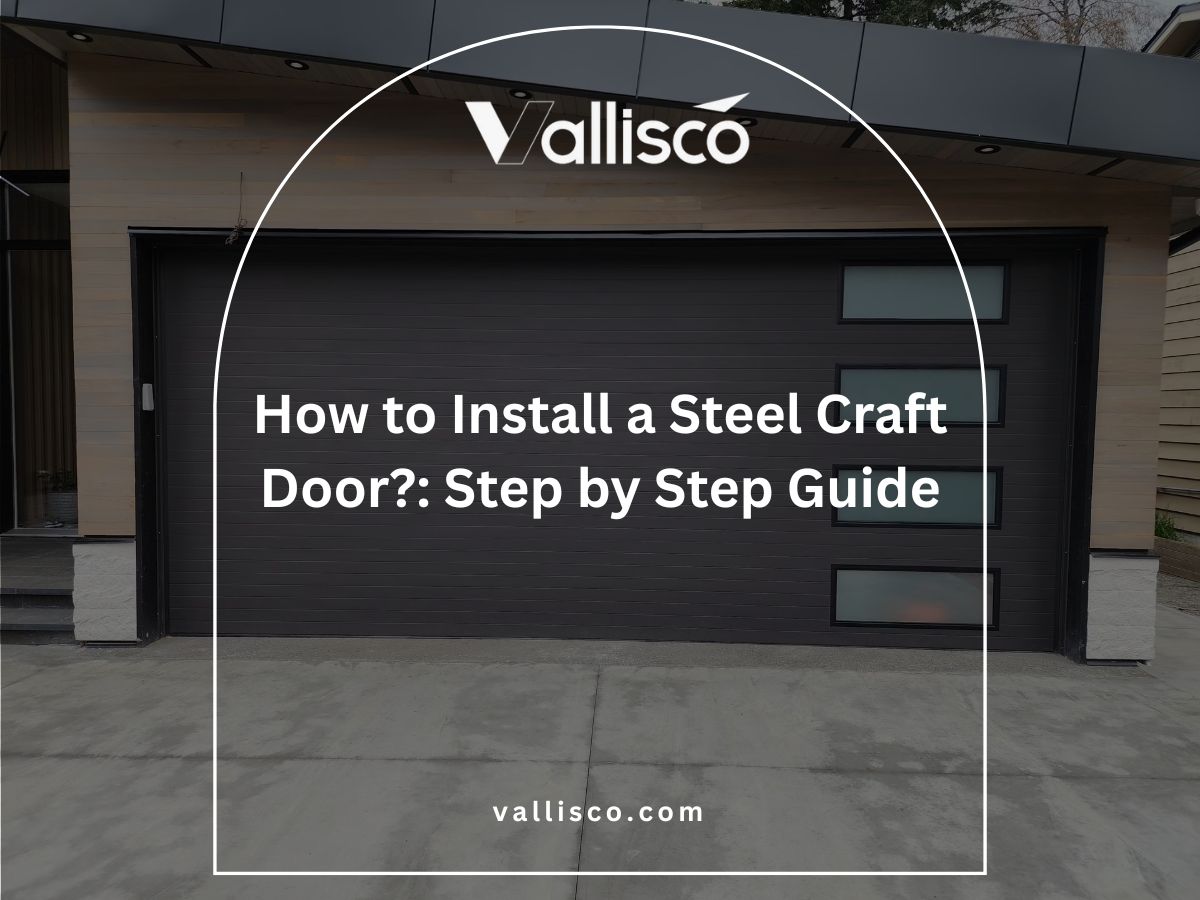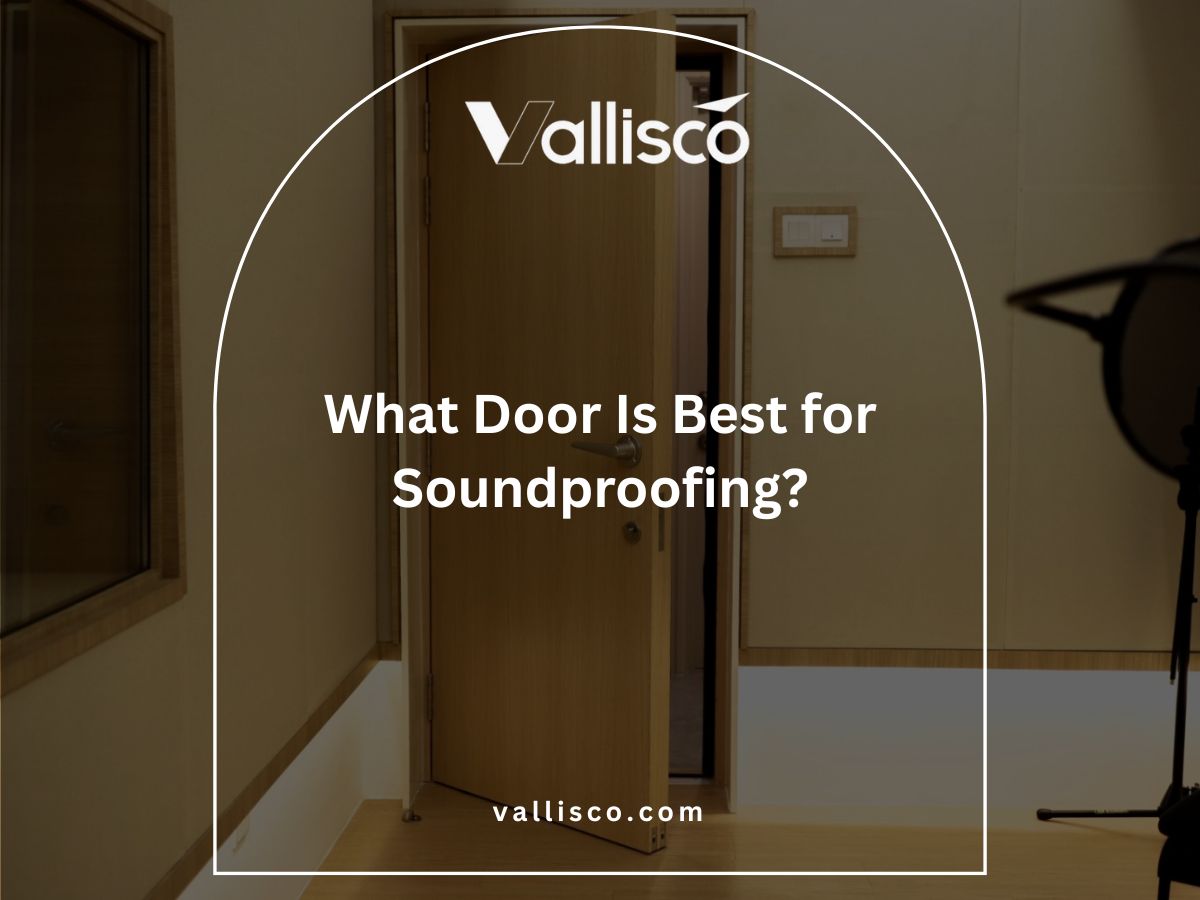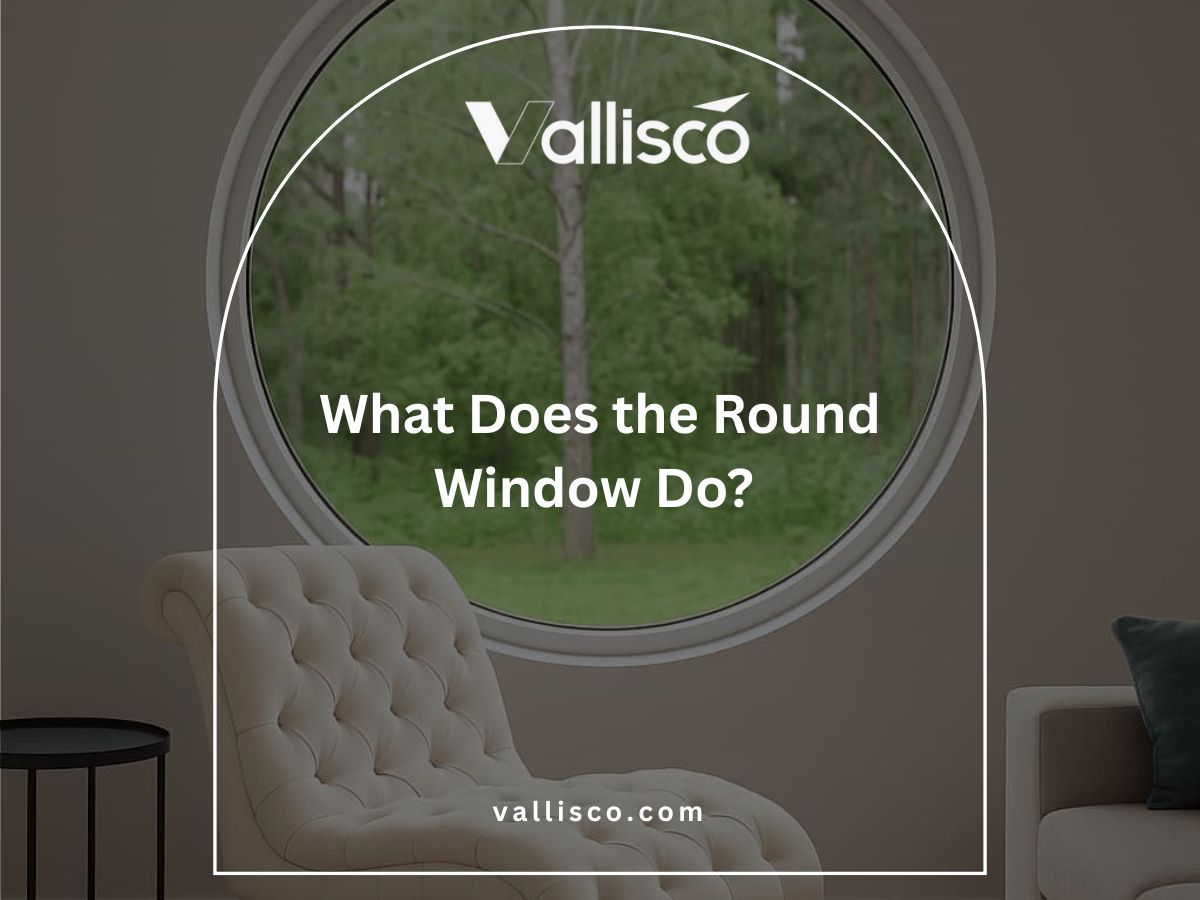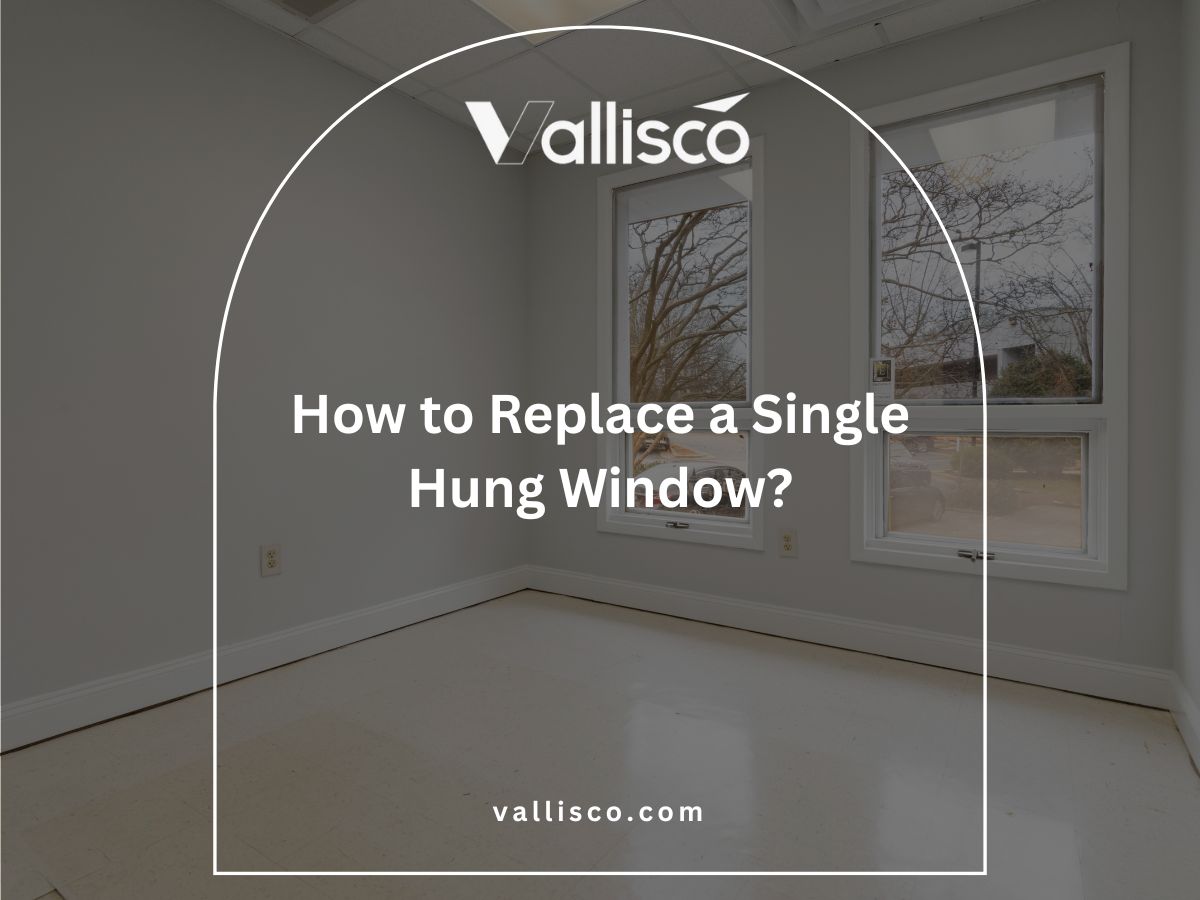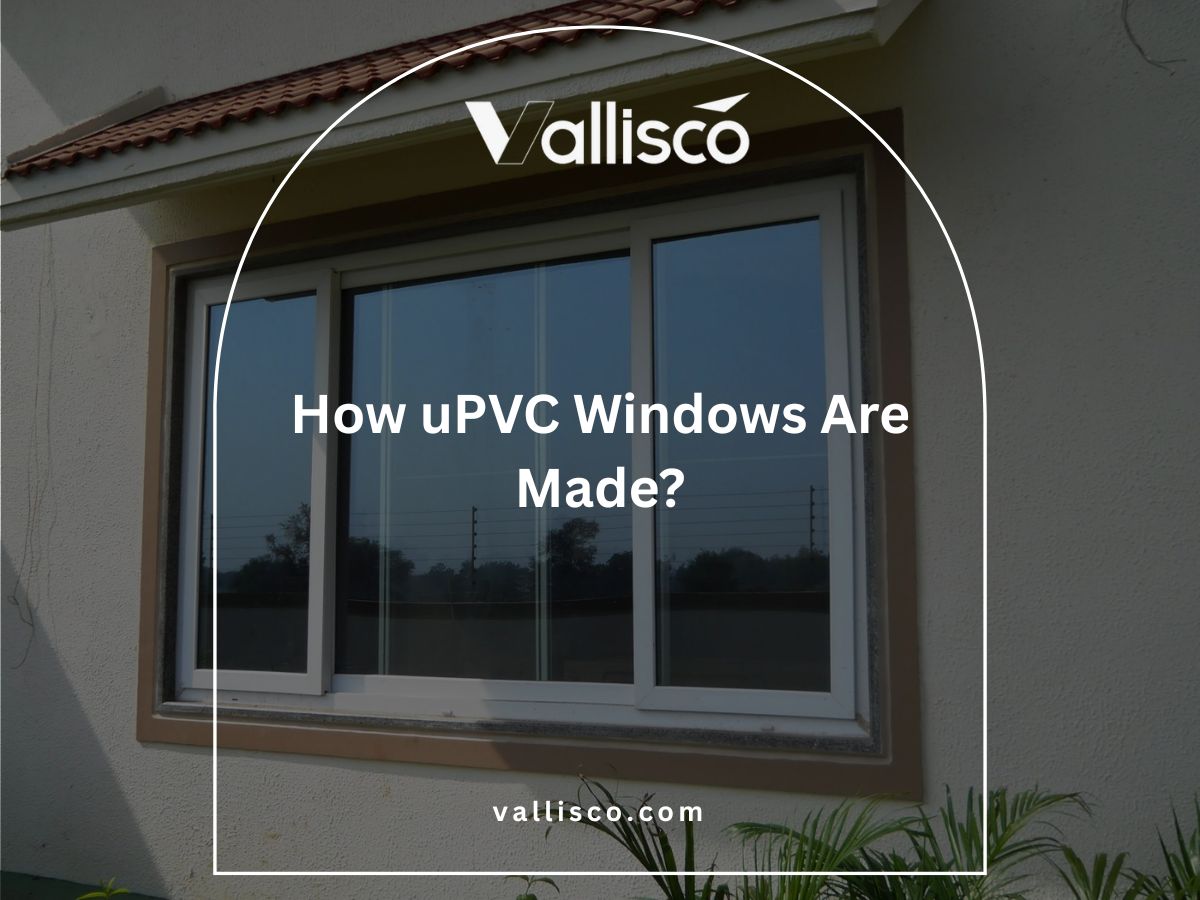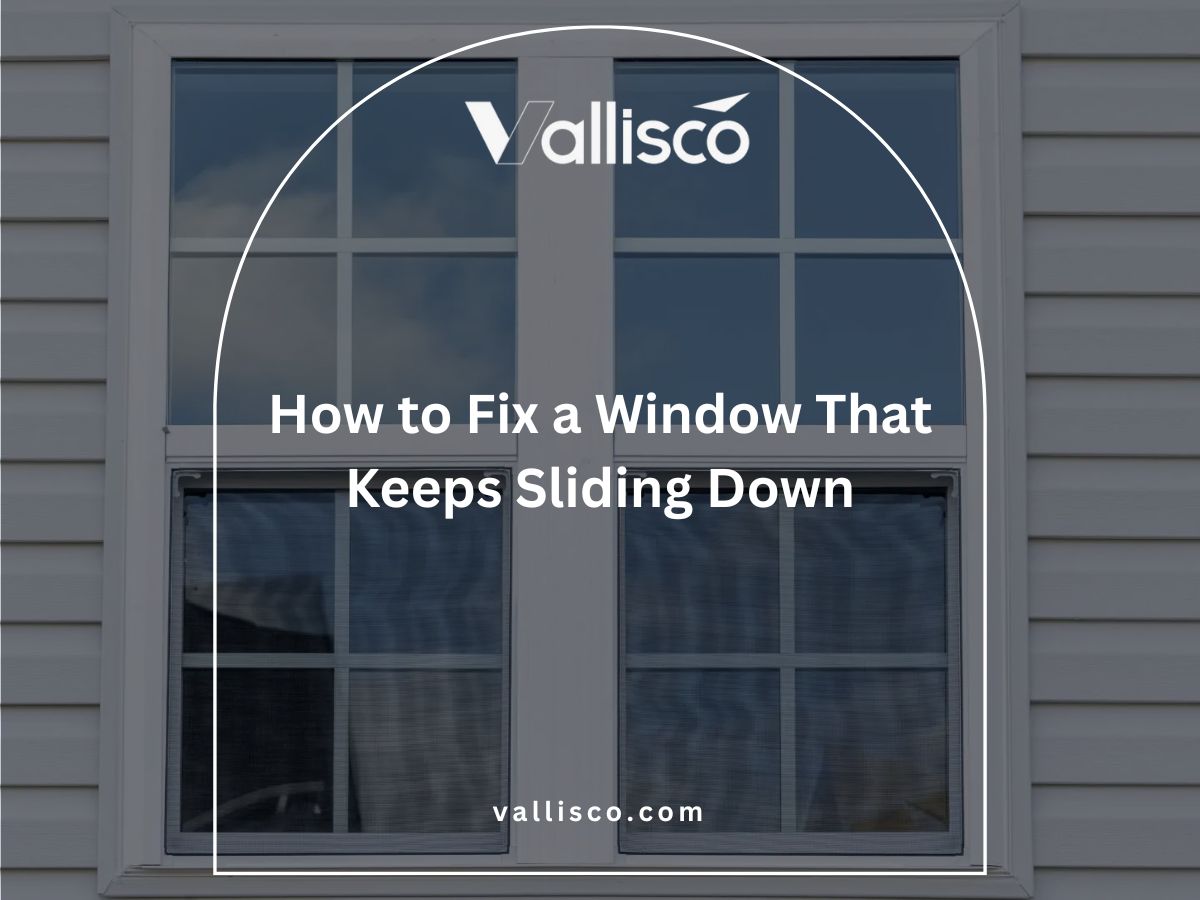I still remember the first time we had to replace every window in a commercial building we managed. We thought double hung windows would be simple. Turns out, it wasn’t just about price or appearance.
That job taught me the value of knowing what really matters when choosing commercial windows. It’s more than specs on paper.
Over the years, we’ve worked with dozens of suppliers and contractors, and tested countless window systems. We’ve learned what works and what costs you later.
In this guide, I’ll walk you through the key things you need to know. Features, materials, compliance, suppliers, and tips to avoid costly mistakes. If you’re here to make a confident decision, you’re in the right place.
There’s a reason more businesses are switching to double hung windows. If you pick the right ones, they can pay off for years.
So, let’s jump right in!
1. What Are Double Hung Windows?
Double hung windows are designed with two sliding sashes—one on the top and one on the bottom—so you can open both for better airflow. Each sash moves vertically in its frame. This gives you flexibility to control ventilation as needed.
These windows are a popular choice in commercial buildings because they’re easy to use, simple to clean, and offer a timeless look that fits just about any style. They work well in offices, schools, and multi-unit properties. If you need something practical and neat, they’re worth considering.
2. Key Benefits of Commercial Double Hung Windows
When choosing windows for a commercial property, it’s not just about looks. Double hung windows check a lot of boxes for businesses that need durability, flexibility, and low-maintenance solutions. Below are the key benefits that make them a smart choice for commercial settings.
Better Ventilation Control
Double hung windows give you the ability to open both the top and bottom sashes. This allows stale air to escape from the top while letting fresh air in from the bottom. It’s a simple way to improve indoor air quality without extra equipment.
This is especially helpful in buildings with high foot traffic or limited airflow zones. You can fine-tune the ventilation for each room, making it easier to manage comfort across different spaces.
Easy Maintenance and Cleaning
Because both sashes can tilt inward, cleaning can be done from inside the building. This cuts down on labor time and improves safety, especially for multi-story properties. It also means you won’t always need exterior access equipment to get the job done. That can save you time and money on upkeep. Maintenance crews will appreciate the hassle-free design that speeds up routine cleaning tasks.
Long-Term Cost Efficiency
These windows typically come with durable frame materials and reliable seals that reduce energy waste. Over time, that translates into lower heating and cooling bills for the property. The operable design also allows for passive cooling during milder seasons. Less reliance on HVAC systems means extended equipment life. Smart ventilation and energy savings can lead to noticeable reductions in operational costs.
Versatile Design and Compliance
Commercial double hung windows are available in a variety of materials, sizes, and finishes to match building codes and architectural styles. Many models meet or exceed fire, egress, and energy codes. This flexibility helps you meet design and regulatory goals without compromise. Whether it’s a retrofit or new build, Vallisco’s double hung windows offer consistent performance.
Their adaptability makes them a go-to option for schools, office buildings, healthcare facilities, and more.
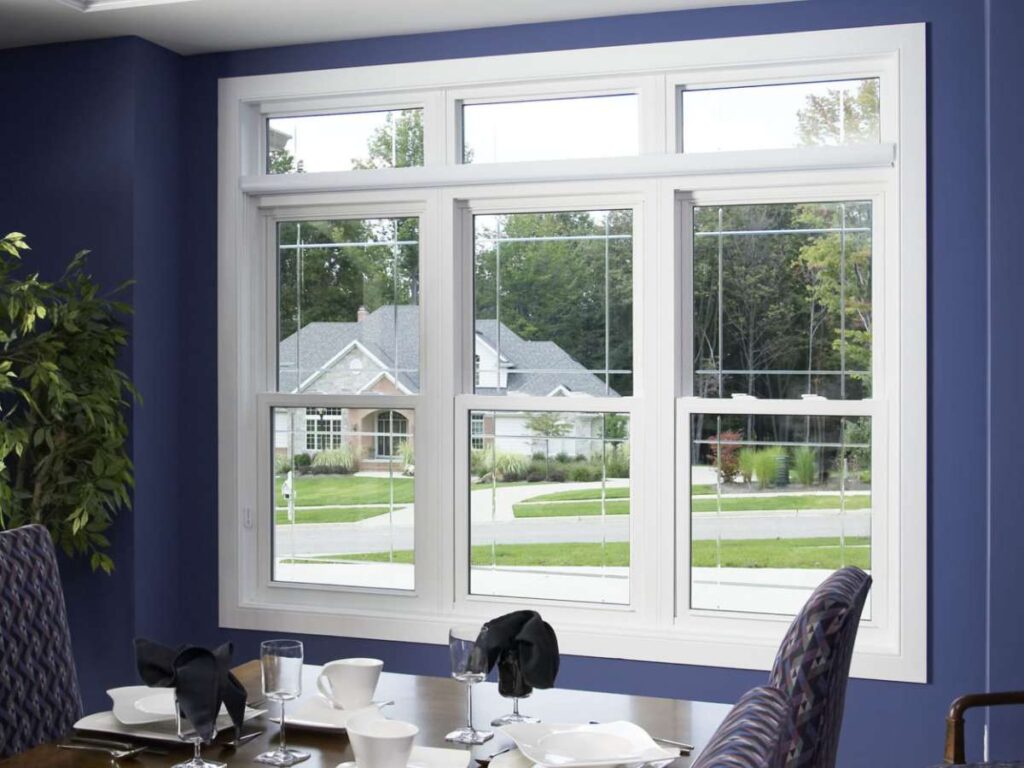
3. Popular Materials Used
When clients ask me what material they should choose for their commercial double hung windows, I always say: it depends on your priorities. Here are the most common materials I see that are used, and how they each perform in real-world commercial settings:
- Aluminum: Strong, sleek, and modern-looking, aluminum is a go-to for many commercial buildings. It holds up well in high-traffic areas and doesn’t warp or crack easily.
- Vinyl: This is a cost-effective option with solid thermal performance. It’s low-maintenance and works well in small commercial spaces like offices or clinics.
- Fiberglass: Durable and energy-efficient, fiberglass handles extreme temperatures without expanding or contracting too much. It’s more expensive than vinyl, but it lasts longer with less upkeep.
- Wood: Wood offers a warm, classic look that suits boutique hotels or restored buildings. It does require more maintenance, especially in humid or wet climates.
- Clad Wood (Wood Interior, Aluminum Exterior): You get the charm of wood inside with the weather protection of aluminum outside. It’s great for buildings that want style without sacrificing durability.
- Composite: Made from a blend of materials like wood fibers and polymers, composite frames resist rot, bugs, and moisture. They mimic the look of wood but with less hassle.
- Steel: Steel windows are rare in double hung styles but used in some specialty projects for added strength and a high-end industrial look. They’re heavy and costly, but extremely durable when needed.
- uPVC (Unplasticized PVC): A type of rigid vinyl, uPVC resists fading, warping, and corrosion. It’s commonly used in energy-efficient buildings and requires minimal maintenance.
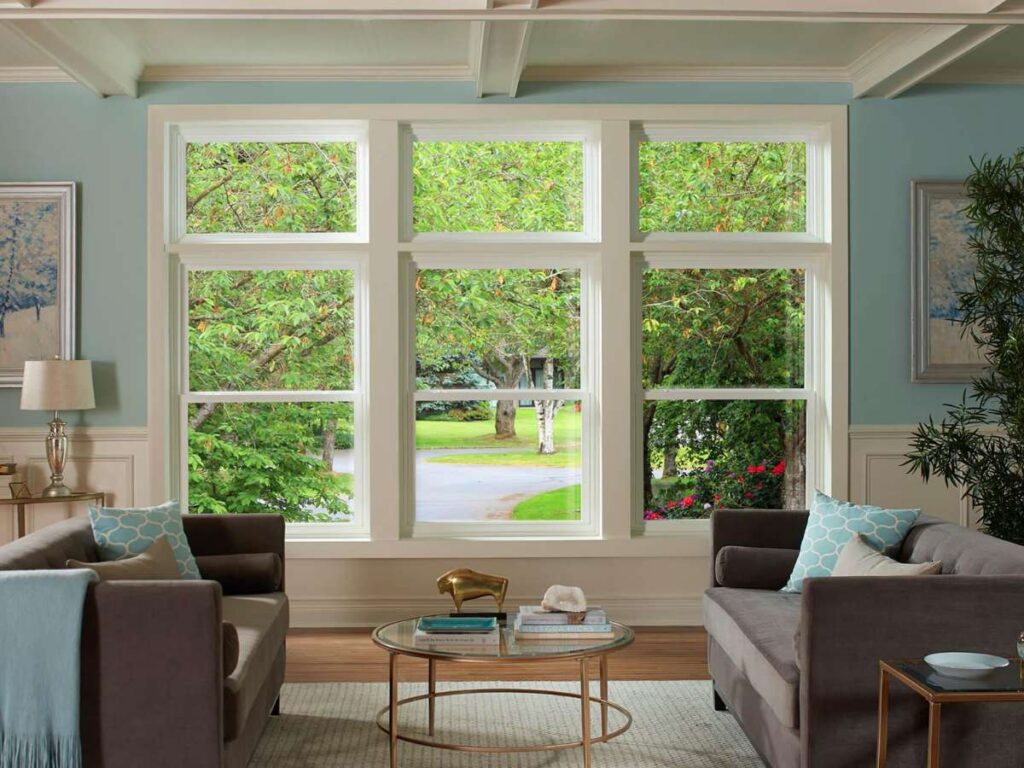
4. Glazing and Energy Efficiency Options
When clients come to us looking to save on energy bills or meet local building codes, glazing is always part of the conversation. It’s not just about glass, it’s about how that glass performs in the real world.
There’s more than one way to improve energy efficiency with commercial double hung windows, and I always walk clients through the options like this:
| Glazing Option | Energy Efficiency | Noise Reduction | Best For | Notes |
| Single Glazing | Low | Poor | Sheds, temporary use | Poor insulation, rarely used commercially |
| Double Glazing (IGU) | Good | Good | Offices, retail, schools | Cost-effective and common |
| Triple Glazing | Excellent | Excellent | Cold climates, green buildings | High thermal value, higher cost |
| Low-E Coating | Very Good | Fair | HVAC-heavy buildings | Reflects heat to cut energy use |
| Argon Gas Fill | Very Good | Good | Offices, hotels | Better insulation than air |
| Krypton Gas Fill | Excellent | Good | High-end, tight-spaced windows | Costly, used in slim triple panes |
| Tinted/Reflective Glass | Good | Fair | Sunny locations | Reduces glare and heat gain |
| Laminated Glass | Moderate | Excellent | Schools, hospitals, secure areas | Adds safety and sound control |
| Tempered Glass | Moderate | Fair | Ground floors, code-required spots | Breaks safely, often code-mandated |
5. Performance Ratings and Commercial Compliance
It may not be the flashiest part of the process, but these ratings are what protect your investment and keep your project moving smoothly. If you’re buying double hung windows for commercial use, here are the ratings and standards you need to know about:
- U-Factor (Thermal Performance): This tells you how well the window keeps heat in. Lower numbers mean better insulation, which helps cut down your heating bills in colder climates.
- Solar Heat Gain Coefficient (SHGC): Measures how much solar heat passes through the glass. A lower SHGC helps reduce cooling loads in hot or sunny areas.
- Visible Transmittance (VT): This shows how much natural light the window lets in. A higher VT is great for daylighting, but balance it with glare control if you’re using large glass areas.
- Air Leakage Rating: Tells you how airtight the window is when closed. For commercial buildings, a lower air leakage rating helps maintain indoor comfort and keeps energy use predictable.
- Condensation Resistance: This rating shows how well the window resists interior condensation. It’s especially helpful in humid climates or buildings with lots of occupants.
- Design Pressure (DP) Rating: Indicates the structural strength of the window under wind load and pressure. For taller buildings or storm-prone regions, this rating is critical.
- NFRC Certification: This label gives you verified data on U-factor, SHGC, VT, and air leakage. It’s your one-stop snapshot to compare products fairly and confidently.
- Energy Star Certification: If you want to meet energy codes or green building goals, check for the Energy Star label. It confirms the window meets national energy performance benchmarks.
- ADA and Life Safety Compliance: For public buildings or those with heavy foot traffic, you may need tempered or laminated glass and proper sill height. Getting this right from the start helps you avoid rework or failed inspections.
6. Common Commercial Applications
When businesses shop for windows, double hung models aren’t always the first to come to mind. But with the right specs and materials, they can meet the demands of many different commercial environments.
They’re not just for residential-style buildings. With proper planning, they fit into a wide range of project types and design goals.
Offices and Administrative Buildings
Double hung windows are a solid choice for low to mid-rise office spaces. They offer flexible ventilation, which employees appreciate during transitional weather. The tilt-in feature also makes it easier for facility teams to clean without outside access. Their balanced design pairs well with brick, stucco, or metal exteriors. You get function, energy savings, and a clean look all in one.
Schools, Clinics, and Government Facilities
In schools or public buildings, safety and durability matter just as much as airflow. Vallisco’s double hung windows with laminated or tempered glass can meet both needs. They allow natural light while also complying with fall prevention and accessibility codes. Staff can also control ventilation without opening the windows fully. They’re a strong fit for libraries, classrooms, clinics, and city buildings.
Multi-Unit Housing and Mixed-Use Buildings
These projects call for a mix of performance, durability, and easy upkeep. Double hung windows deliver on all three, especially in developments where maintenance speed matters. Property managers like the tilt-in cleaning, and tenants enjoy the classic design. They’re ideal for everything from senior housing to retail-over-residential layouts. It’s a consistent and code-ready choice across different unit types.
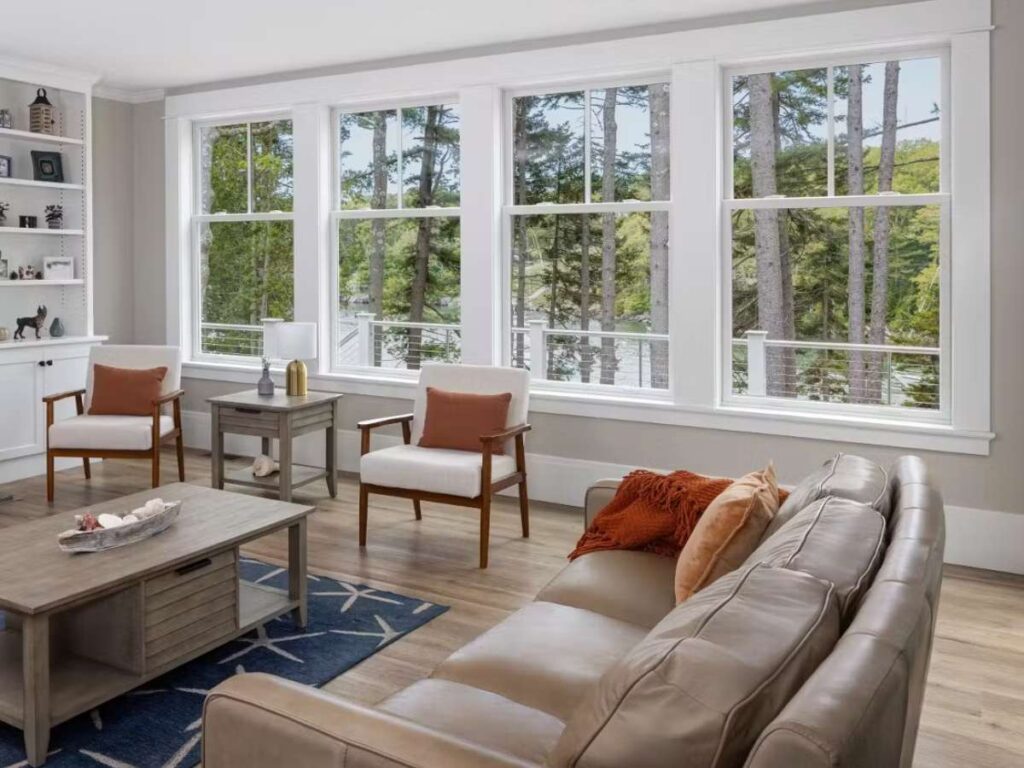
7. Common Mistakes to Avoid When Buying
I’ve seen some smart teams make expensive mistakes when choosing commercial double hung windows. Most of the time, the problem wasn’t the product, it was what they overlooked before placing the order.
Here are five things to watch out for:
- Choosing Residential-Grade Windows for a Commercial Project: Just because it fits doesn’t mean it performs. Commercial buildings need stronger frames, better ratings, and code compliance.
- Ignoring Local Building Codes and Safety Requirements: Don’t assume the window you like meets the rules. Always check for things like tempered glass, egress specs, or fall protection.
- Underestimating Cleaning and Maintenance Needs: If your windows are hard to access or clean, the cost adds up fast. Go for tilt-in or easy-clean features if your building has multiple stories.
- Skipping the Performance Ratings: It’s not enough to look at style and price. Pay attention to U-factor, SHGC, and air leakage ratings to avoid energy waste and comfort issues.
- Ordering Without Confirming Installation Fit: Even a great window will cause problems if it doesn’t fit your opening properly. Always double-check rough opening sizes, framing conditions, and any job-site constraints.
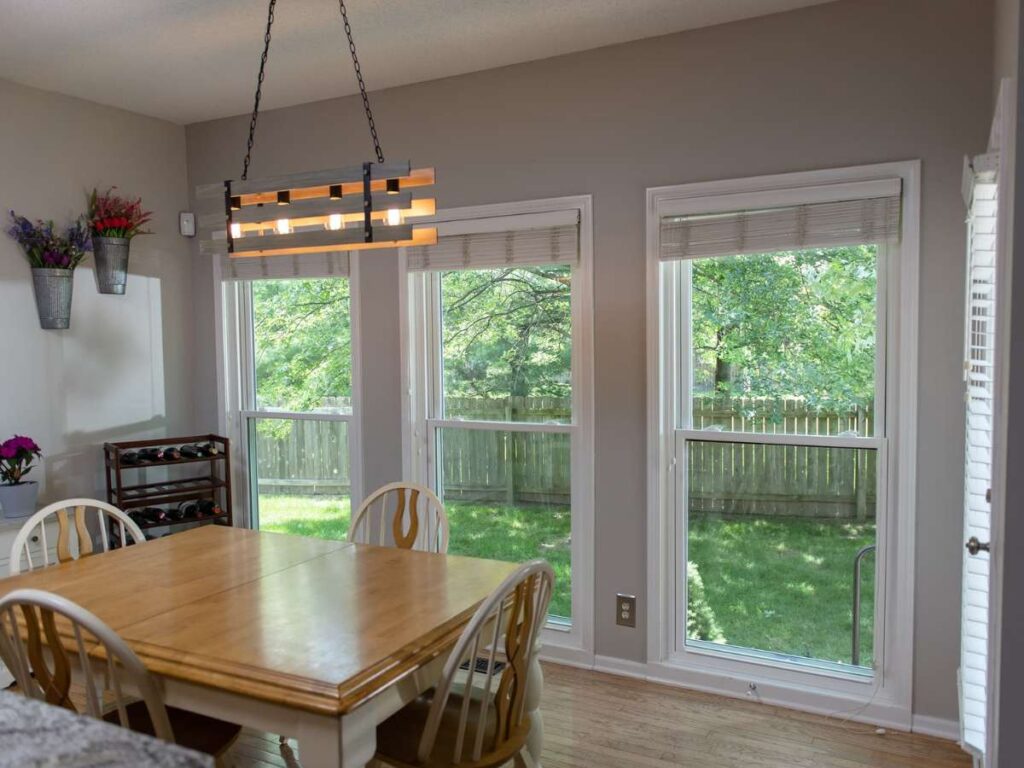
8. Factors to Consider Before Buying
If there’s one thing I always tell clients, it’s this, don’t rush the order. The best commercial double hung window for your project depends on more than just the look or cost.
Get these details right early, and you’ll save time, money, and avoid headaches down the road.
Frame Material and Structural Performance
Start with the frame. Aluminum, vinyl, fiberglass, and composites all have different strength levels, insulation values, and maintenance needs.
Think about your building’s height, exposure to weather, and expected traffic. A heavy-use facility might need reinforced frames or thermally broken aluminum for better performance. The wrong frame type can shorten lifespan or lead to early failures.
Glazing Configuration and Energy Ratings
Not all glazing is created equal. Double and triple pane options, low-E coatings, and gas fills can dramatically affect heating and cooling efficiency. Check the U-factor and SHGC ratings to match your climate zone and building orientation. Don’t forget visible light and glare, especially if your space gets direct sun.
Choosing the right glazing setup will impact comfort and operating costs long-term.
Sash Operation and Ventilation Strategy
How the sash moves, and how often people use it, matters more than you think. Will both sashes be used daily, or mostly the bottom?
If your building relies on natural airflow, you’ll want smooth, balanced operation and secure locking positions. In some cases, adding limiters or stops makes sense for safety. Think through who’s using the windows and how often.
Code Compliance and Glass Safety
Make sure your windows meet local building codes from day one. This includes fall prevention, fire safety, and glass strength ratings.
Tempered or laminated glass may be required in public spaces or near floors. For accessible units, sill height and handle placement also matter. Getting compliance wrong means rework, failed inspections, or even liability issues later.
Conclusion
We learned from that warehouse mess. We fixed the problem with the right supplier, and we’ve been running smooth ever since.
Now it’s your turn. This article walks you through top manufacturers you can count on. No guesswork. Just brands that deliver in real business environments.
Go back, review, and find the one that fits.
And if you want a full-property window solution from a team that gets it, Vallisco’s your best bet. Contact us today!
Check Out These Additional Resources
Need more ideas? Browse through our extended range of products and discover something new:
Still haven’t found what you’re looking for? Don’t hesitate to contact us. We’re available around the clock to assist you.


